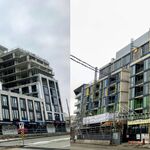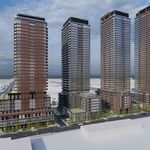DSCToronto
Superstar
Member Bio
- Joined
- Jan 13, 2008
- Messages
- 20,097
- Reaction score
- 29,526
- Location
- St Lawrence Market Area
Yes, your solution sounds clearer.Currently a solid green arrow indicates priority - left turn signal as an example.
What is required in your situation would be a flashing yellow right arrow (although not in MTO's handbook) - proceed with caution when clear.




